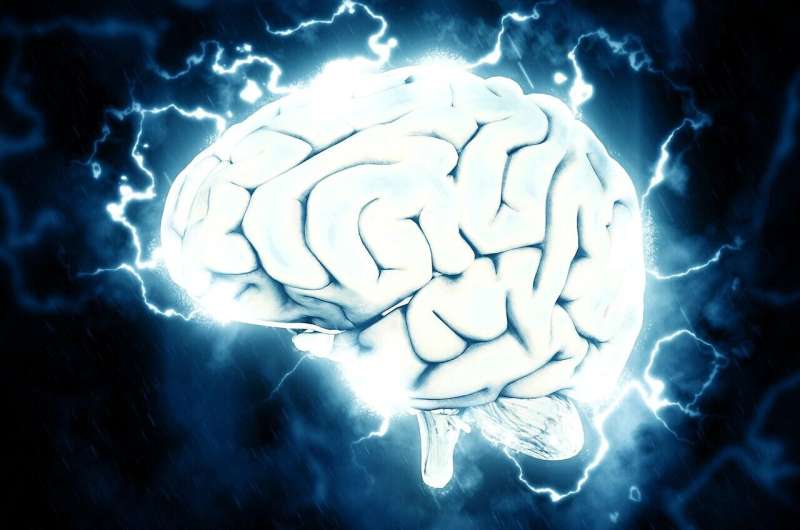Dual Role of GIP Receptor: Activation and Blockade Both Promote Weight Loss

Recent research has revealed an intriguing duality in the role of the GIP receptor (GIPR) concerning weight management. Traditionally, drugs targeting incretin hormones like GLP-1 and GIP have been used to combat obesity and metabolic disorders. Interestingly, current developments include not only GIPR activators (agonists) that stimulate the receptor but also GIPR blockers (antagonists). Both types of compounds have shown promise in reducing body weight, which challenges previous assumptions about their mechanism of action.
A collaborative study conducted by scientists from Helmholtz Munich, the German Center for Diabetes Research, and Ludwig-Maximilians-Universität München (LMU) has investigated how GIPR stimulation and inhibition influence energy balance and food intake. Their findings suggest these two approaches act through distinct neural pathways in the brain.
The research underscores that GIPR activation (agonism) and inhibition (antagonism) decrease food consumption and promote weight loss via separate mechanisms. GIPR agonists primarily affect GABAergic neurons—cells that release gamma-aminobutyric acid (GABA)—to exert their effects, and this action requires an intact GIPR signal within these neurons. Conversely, GIPR antagonists work independently of the GABAergic pathways and engage different signaling pathways in the hindbrain, a critical region for regulating appetite and energy regulation.
This differentiation was elucidated through experiments involving genetically modified mice where the GIPR in GABA neurons was deactivated, alongside single-cell RNA sequencing to analyze brain activity patterns. The insights gained indicate that although both types of drugs lead to weight loss, they operate through entirely separate routes in the brain.
These discoveries could facilitate the development of more targeted obesity treatments, utilizing either GIPR agonists or antagonists depending on the desired therapeutic mechanism. The research not only provides a more nuanced understanding of incretin hormone effects on the central nervous system but also opens pathways for innovative pharmacological strategies.
In summary, the dual approach of activating or blocking the GIP receptor offers promising avenues for weight management therapies. Future research may focus on optimizing these mechanisms to improve effectiveness and minimize side effects in clinical applications.
Stay Updated with Mia's Feed
Get the latest health & wellness insights delivered straight to your inbox.
Related Articles
Psoriasis and Its Link to Increased Sleep Disorder Risks
Emerging research reveals a strong link between psoriasis and increased risk of sleep disorders, underscoring the importance of integrated care for affected patients.
Protein Biomarkers Linked to Chemotherapy Resistance in Bladder Cancer Uncovered
Scientists at Baylor College of Medicine have identified protein and molecular pathway patterns that can predict chemotherapy resistance in bladder cancer, offering new avenues for personalized treatment strategies.
Research Reveals Insufficient Evidence Supporting Air-Cleaning Technologies for Respiratory Infection Prevention
A new study reveals significant gaps in scientific evidence supporting the effectiveness and safety of indoor air-cleaning technologies aimed at preventing respiratory infections like COVID-19 and the flu. Experts call for more real-world research and safety evaluations to guide public health measures.
Understanding the Brain Age Gap and Its Impact on Cognitive Functions
The brain age gap measures how much faster or slower your brain ages compared to your actual age. Recent research shows its significant impact on cognitive performance and risk assessment for cognitive decline, especially among those with vascular health issues.



